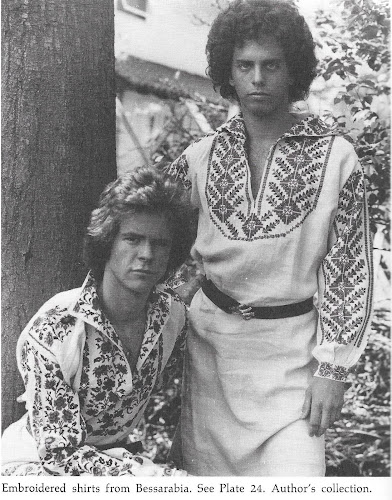I am an avid and primarily self taught knitter. I learned most of the techniques I know by trial and error as I worked a pattern that was probably too advanced for me at the time. Collecting these tricks and techniques into one place is hopefully as helpful to others as it is to me.
One thing I have always struggled with when designing a pattern is how to distribute increases or decreases to make a curved edge like for armholes and shoulders. And then I had a bit of an epiphany; if it's hard to visualize, draw it!
So this is just my short hand sketch, so it may not be super clear for others, but I'll try and give you an idea what's going on here:I was trying to make a nice curve for a sleeve cap. So the first this I did was sketch in the shape I wanted. I only drew one curve, since the shape will be symmetrical, just imagine the other half to the left of the drawing. Since knit stitches are wider than they are tall, each square on the graph is one stitch and two rows.
Once I had the curve in, I used a ruler to draw straight lines to approximate it. Using the grid, I just counted how many stitches needed to be decreased in how many rows for each straight line segment. The bottom line of numbers in each set on the diagram is that count. Multiply the count by two to account for the other half of the sleeve cap, and then simple division gives the distributions listed in the top line. At that point, just work from the bottom up.
For this example that means:
Decrease 1 stitch each side every 4 rows, 8 times, for a total of 16 stitches decreased over 32 rows, then
Decrease 1 stitch each side every 2 rows, 6 times, for a total of 12 stitches decreased over 12 rows, then
Decrease 2 stitches each side every row, 4 times, for a total of 16 stitches decreased over 4 rows.
And now you have an easy step by step to follow to make the curve!
For the curious, here's how those sleeve caps turned out :)


















